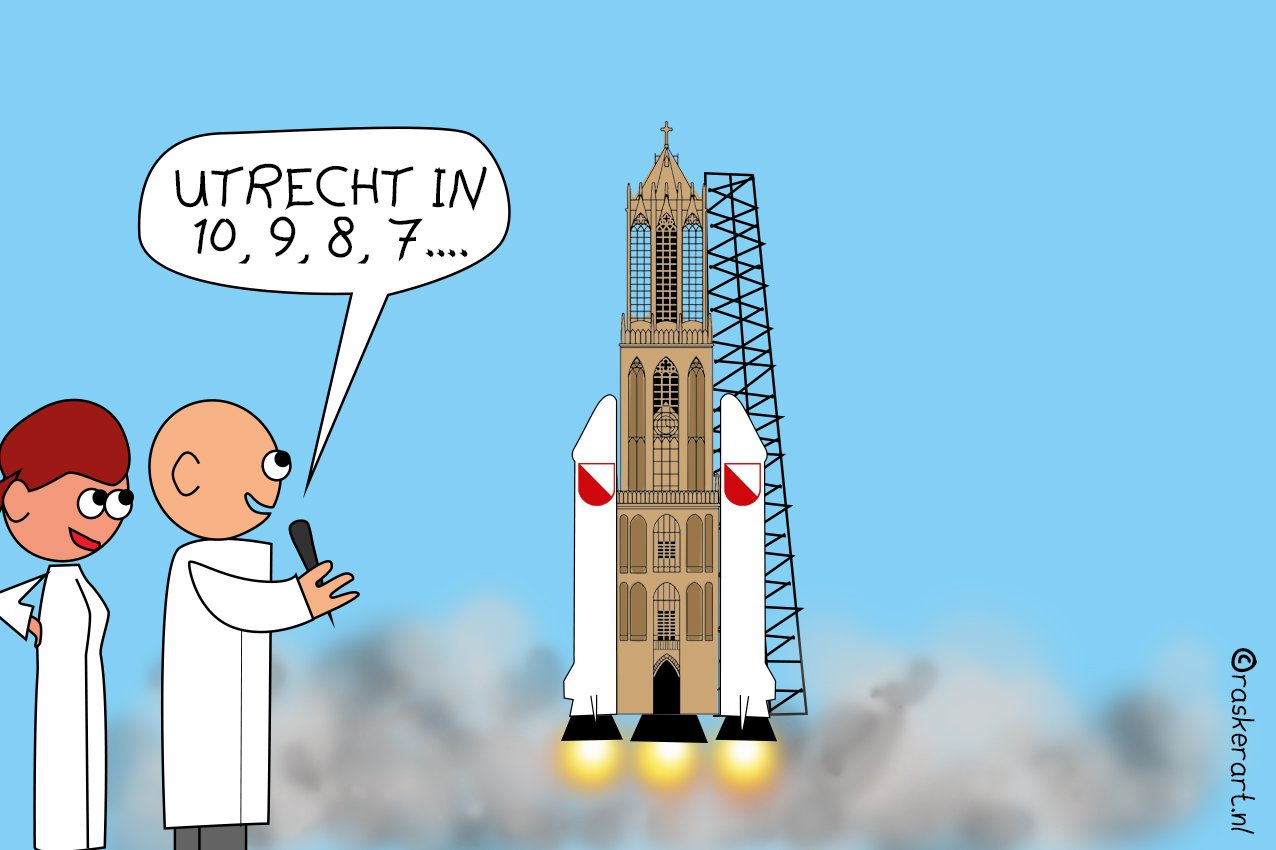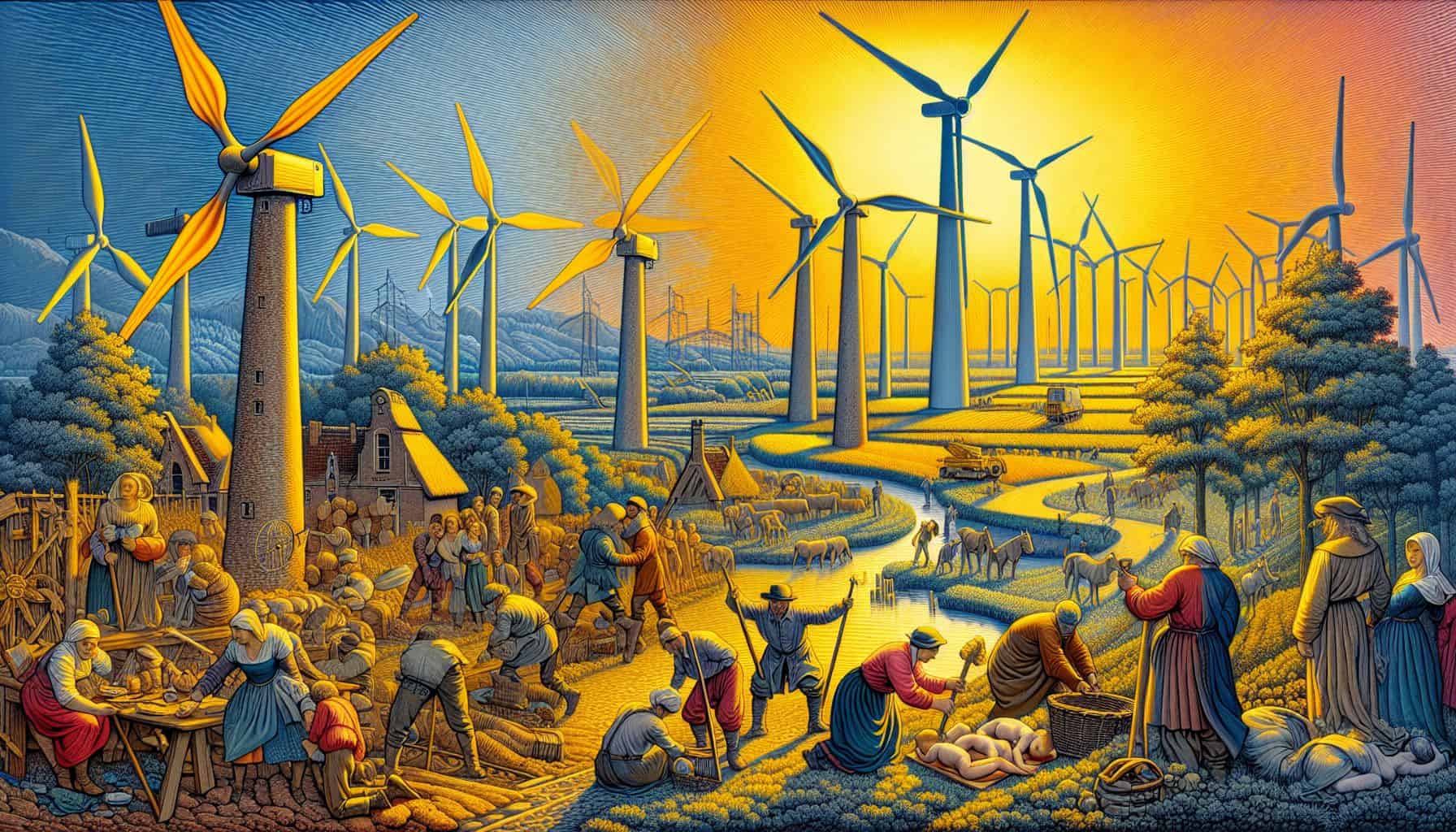
If it were up to the municipality of Utrecht, by 2040 the city would have not one, but five urban cores. With these new cores, residents will only need to spend ten minutes cycling, walking or using public transport to get to their destination. Jobs, sports clubs, stores, schools, cinemas or theaters are all just around the corner.
The idea of having all city amenities within a fifteen-minute walk or bike ride from your home is not new. In early 2020, Paris Mayor Anne Hidalgo presented her plan – most appropriately – in a bicycle store. Cities, she says, have been designed too much with the car in mind. Wide roads run right through the city and parking lots take up a lot of space. In her plan, roads will be made narrower. Cars are still part of the city but no longer determine how the city looks. Besides ensuring cleaner air, this will provide more space for the city’s residents.
Three zones
All facilities must be accessible by foot, bike or public transport. So, no more large shopping centers on the outskirts of the city, but stores at various locations in the neighborhoods. An ideal 15-minute city is made up of three zones:
- Five-minute walk zone. This is where you find the basic needs such as supermarkets and other small businesses. There is also a small downtown area.
- Fifteen-minute walk or five-minute cycling zone is for schools, libraries and pharmacies. This is also where you will find (sports) parks that people from different neighborhoods use.
- Fifteen-minute cycling zone. This is the area where you find theaters, community centers and other social or cultural venues. Larger businesses are located here and it’s where you come to work.
In addition, at least) two types of stations are present. One station that is easily accessible by bicycle or on foot for transportation within the area. And the other station for commuters on the outskirts of the area so that you can get there by car.
Corona speeds everything up
Since the outbreak of the corona pandemic and the compulsory working from home that accompanies it, more and more cities are following the example of Paris. Barcelona is coming up with ‘Superblocks’, Melbourne with ’20-minute-neighbourhoods’ and New York is also exploring the concept. And thus the 10-minute city in Utrecht.
According to architect and IO columnist Eugène Franken, a 15-minute city is a fantastic concept. It encourages more interaction between different neighborhoods and it is easy for politicians to explain. “With this, we are going back to the days when we went cycled everywhere. In those days, everything was built also far more around the neighborhood. That’s coming back now. This offers opportunities given the current options for transport. What’s more, people understand it immediately”, Franken explains.
Read an earlier column by Franken about the 15-minute city here.
However, the extra facilities – in the form of electric buses or other public transport, for example – also come at a cost. “It all sounds wonderful, of course, but substantial investment is needed. This can be recouped through social investments, if you do it right. What you really need to prevent in such areas is even more expensive housing or higher rents. I do wonder how this can be regulated.”
Affordable housing
Experts also warn that existing inequality could even worsen in a 15-minute city. It may foster gentrification because of the pull factor created by better facilities. According to Klaas Verschuure, alderman for spatial development, this will not happen that fast in Utrecht. “The aim is to combine housing, urban facilities and other connecting services. We want to break down divisions between population groups and social barriers. Utrecht is for everyone. In order to keep housing affordable, Utrecht has drawn up a housing vision. This states, among other things, that we want 35 % of the housing to be in the social sector. And that 25% of housing should be made up of so-called middle-rent housing and affordable owner-occupied housing for people with a middle-sized income. The great thing about this is that we are reaching good agreements on this with housing corporations and developers.”
He admits that Utrecht is facing a challenge in terms of mobility and public transport: “Major investments in mobility really do demand attention. We can’t do that alone as a municipality; we are also looking expressly to the national government. Next year, we’ll be celebrating our 900th anniversary as a city: in all that time there has always been one center. We have nine centuries behind us, yet we have so many more centuries ahead of us. That is what we are preparing for now.”
New centers around public transport junctions
The four new city centers will be built scattered throughout Utrecht and will all have their own character. “Maybe one center is a little more high-rise than the other. The range of types of facilities will probably also differ, so as a resident, you will always be spoilt for choice,” says Verschuure.
The intention is that new city centers will be built around existing or yet-to-be-developed public transport junctions. “Ironically, because of the corona pandemic, working from home has enabled almost all of the Netherlands to be at work within ten minutes. That working from home did make many of us realize how much time you save when you don’t have to commute for work. But if you do have to commute for work, at least you will be able to get on the train, tram or bus with ease.”



